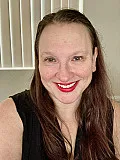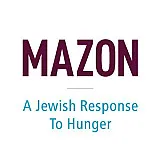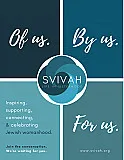Nephew Gil and The Case of the Missing Challah

When my nephew Gil was 3, the first night of Passover fell on a Saturday night. This meant that the house had to be free of all leavened bread before we lit Shabbat candles on Friday night, even though it was - technically - not yet Passover. If you think this is complicated for adults, you should try explaining it to a 3-year-old.
"Is this Shabbat?" he asked. Yes, we told him. Friday night would be Shabbat, and then Pesach would start Saturday night - then we'd have the seders and he would sing the Mah Nishtanah, the Four Questions, as he'd been preparing to do. Friday night = Shabbat. Saturday and Sunday night = Pesach. We thought it was clear.
Come Friday night, there were candles, over which we said blessings. Then the family gathered around the table, and there was kiddush, the prayer said over the wine. We washed our hands before saying Hamotzi, and pulled back the "challah cover" to reveal...two flat boards of egg matzah, the not-really-bread, not-really-matzah product that's considered OK by some people for this specific calendar situation.
My nephew looked puzzled, and before we could even utter "Hamotzi," he asked "Why is that not challah?"
Why indeed, is that not challah?
That's exactly what all of us - missing the chewy, delicious bread that's worth going off Atkins or South Beach for - wanted to know. It was a reinterpretation of that first of the Four Questions - "On other nights we eat challah or matzah, and today, even though it's Shabbat and not yet Pesach, why are we not eating challah?"
But on a deeper level, "why is that not challah?" is a reflection of the lens we're all supposed to be applying throughout the seder (or seders, if you're doing two) - noting the differences, the things that aren't quite the way they usually are, remarking about them, and pondering their significance.
Sometimes it's something as stark as finding something you didn't expect under what is traditionally a challah cover, and sometimes the difference is subtle - we still say "Hamotzi" over matzah, but add another blessing special for matzah. So it's all the same, even as it's markedly different.
It's the same lesson you might learn looking around the seder table at members of your own family: the genetic connection is there, and we remember just by looking at our relatives that we are all individuals, but still share a context, a heritage and a legacy.
Inspired to create
your own Haggadah?
Make your own Haggadah and share with other Seder lovers around the world
Have an idea
for a clip?
People like you bring their creativity to Haggadot.com when they share their ideas in a clip
Support Us
with your donation
Help us build moments of meaning and connection through
home-based Jewish rituals.
OUR TOP CONTRIBUTORS
Passover Guide
Hosting your first Passover Seder? Not sure what food to serve? Curious to
know more about the holiday? Explore our Passover 101 Guide for answers
to all of your questions.






















